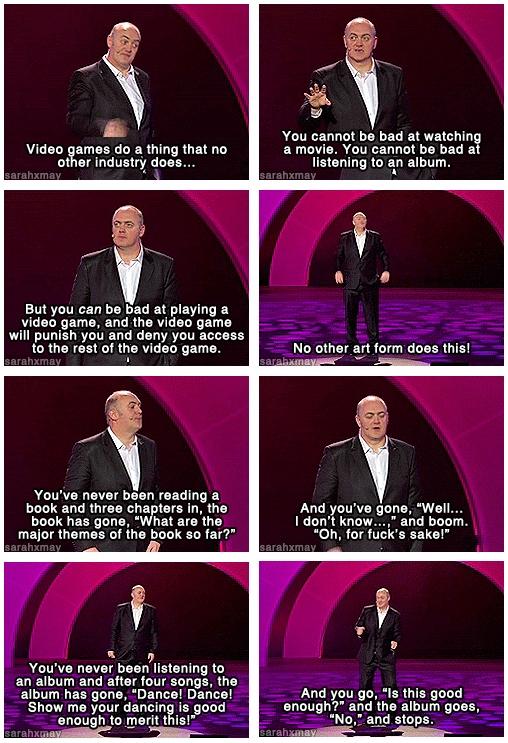The recent “news” that physicists at NASA have managed to break several of the laws of physics and bend a few of the laws of science reporting reminds me of some stuff that Colin wrote for Frontier back in 1996. Frontier is my ongoing attempt to create a background for a science-fiction FTL-capable human community … Continue reading “VEE”
The recent “news” that physicists at NASA have managed to break several of the laws of physics and bend a few of the laws of science reporting reminds me of some stuff that Colin wrote for Frontier back in 1996. Frontier is my ongoing attempt to create a background for a science-fiction FTL-capable human community (and you can read a lot of it here)
But I digress, Colin wrote:
The main large scale power source used by the Earth-aligned societies in the Frontier universe is vacuum energy extraction (VEE, vee or V). This captures the massive energy bound up in quantum mechanical fluctuations in a vacuum. Essentially, energy is extracted from the structure of space-time. No fuel is required, and no pollution (other than waste heat) results. It is a well-understood human developed technology first used about two centuries before the time of the game. Its wide-spread use is one of the reasons that life on Earth has been so peaceful and comfortable recently (no resources to fight over).
At the quantum scale empty space-time is a chaotic froth of creation and destruction. Pairs of particles (always a particle and the corresponding anti-particle) are constantly appearing, travelling in their brief arcs of existence and uniting into nothingness.
A vee power plant has at its heart a chamber containing thousands of marble-sized spheres (any remarks about this being a load of balls would be quite true) called elements. Each of these has a tiny central spherical cavity lined with an almost 100% reflective surface while the outer shell is an unbelievably tough material with excellent thermal conduction and stability properties. Activation and control circuitry are doped into this shell material. Each element is suspended by a wire or thin rod of this shell material, which also carries the control signals and power for ignition.
On ignition, coherent gamma rays (of a wavelength related to the cavity’s dimensions) are generated in the central cavity, which is essentially a spherical pseudo-laser resonator. The resulting coherent electromagnetic field (of fantastically high energy density) thus induced ‘tunes’ the naturally occurring particle pair production in the vacuum to give rise to photons of the same wavelength as the original gamma rays.
Clever Bit Number 1: The photon is its own antiparticle (so each igniting gamma ray photon creates two new photons for free)
Clever Bit Number 2: Under normal circumstances the two new photons would travel on a path which would ensure their meeting and mutual cancellation. But the cavity’s diameter is less than their mean free path, so instead they meet its walls and transfer their energy to it.
Clever Bit Number 3: However on their way they each have induced a new photon pair…..
As a result the element rapidly heats up (to about 5000 K). If nothing else was done the element would eventually thermally expand, thus distorting the cavity until it no longer caught the photons, thus shutting down the reaction. This is prevented by a working fluid (which is converted to plasma by the process) being circulated around the elements, carrying off the energy. Further along the system, energy is extracted from this plasma by conventional magnetohydrodynamic (MHD) techniques. On a ground based power station this done until the plasma is cooled into gas, which is recirculated. In a spacecraft’s engine the plasma is ejected through a nozzle, thus acting as a plasma rocket.
The overall efficiency is extremely low (since the vacuum contains about 10 to the power of thirty joules per cubic metre this is quite fortunate), but since the energy is free this hardly matters. As a rule of thumb, 1 cubic metre of power plant elements will generate 500 megawatts. This size is also the minimum size limit of a vee power plant, so there are no shuttles, cars, handguns or wristwatches powered by this technique.
From the outside a vee generator looks like a thick metal cylinder surrounded by the coils of the MHD system and the fluid pipes. The worst foreseeable accident would be a rupture of the plasma pipes or the chamber’s casing, this would be equivalent to a chemical explosive detonation (effects on PCs up to the GM), but is unlikely to destroy a starship. In space combat, this means a hit here will cripple, but not wipe out, a starship.
I don’t have the physics to report on whether the discovery actually works but it delights me that sometimes life starts to resemble science fiction.


